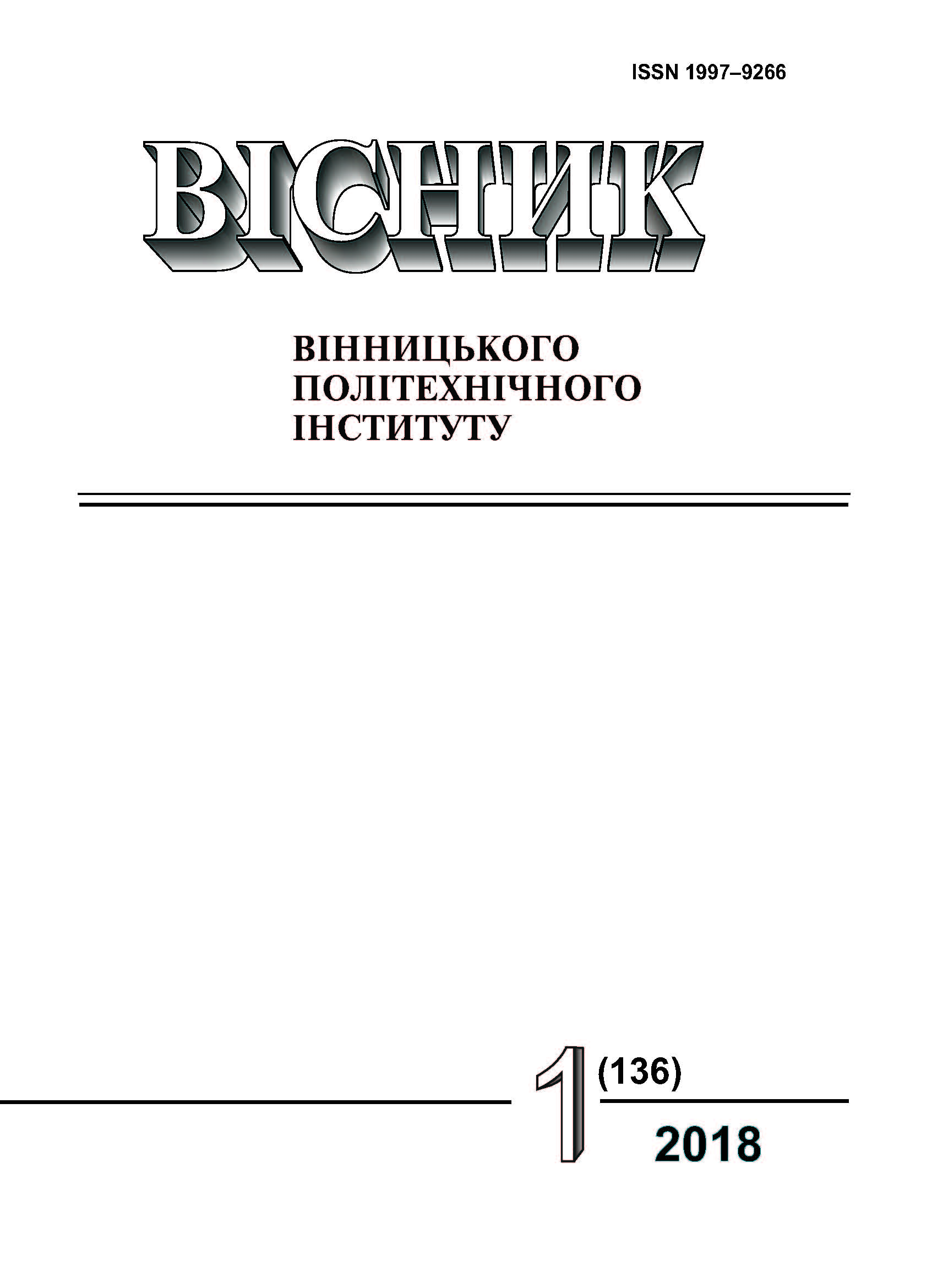The method of Spatio-temporal Estimation of Parameters of Ambrosia Areas According to the Data of Only One Post of the European System of Aerobiological Monitoring
Keywords:
pollen ragweed, spline interpolation, spatio-temporal model, European system of aerobiological monitoring, uncertainty of the problemAbstract
The article is devoted to the development of the method of spatio-temporal estimation of the parameters of areas of ambrosia according to the data of only one post of the European Aerobic Monitoring System (EAM). It is noted that the low regularity of the EAM postal network on the territory of Ukraine does not allow the use of precise mathematical models (for example, SILAM) for modeling the processes of airborne embargo explosion in the air. This makes it more urgent to create less precise methods, but those that would allow simulation to be carried out under conditions of significant uncertainty of the task and the minimum amount of input data.
Adapted to Ukraine are known data of typical curves of the intensity of pollen production of ambrasia during the day after sunrise, depending on the relative humidity of the air by moving from the 1-hour to 2-hour interval, which corresponds to the step of observation in Ukraine. It is established that for the approximation of these curves, the complex functions lack data (there are only 3 to 6 points), and logistic, polynomial and other functions do not provide the necessary accuracy and monotony. Therefore, it was proposed to use the spline approximation of the first (line) and the second (parabola) order. This allows you to fit any typical curve, even at 2-3 points. However, such an attachment may lead to false coincidences; therefore, the validity criterion based on the weighting of the applied splines is proposed: the more splines are applied, the higher the accuracy of the approximation.
It is noted that due to a change in the direction of the wind within one day, the pollen can fly a greater distance to the EAM post, and therefore the measured data may be delayed. It is proposed to take into account this feature by the coefficient of deformity. The mathematical conditions for its inclusion are derived.
For the first time a method of spatio-chronological estimation of possible locations and intensity of pollen production in the areas of amygdala was developed on the basis of data of only one post of the EAM in conditions of uncertainty and the minimum amount of data using spline approximation of typical pollen production models.
The efficiency of the method is confirmed by real data — the known and discovered new possible habitats were confirmed.
References
[2] M. Sofiev et all, “A numerical model of birch polle nemission and dispersion in the atmosphere. Description of the emission module” Int. J. Biometeorol, 57, pp. 45-48. 2013. doi: 10.1007/s00484-012-0532-z.
[3] Michael D. Martin, Marcelo Chamecki, and Grace S. “Brush Anthesis synchronization and floral morphology determine diurnal patterns of ragweed pollen dispersal”, Agricultural and Forest Meteorology, 150, pp. 1307-1317, 2010. doi 10.1016/j.agrformet.2010.06.001.
[4] V. B. Mokin, V. V. Rodinkova, T. Y. Vuzh, W. Wójcik, and S. Sailarbek “The improvement of the volumetric monitoring system to raise the analysis accuracy for the allergic pollen found in the сity atmosphere”, Przeglad Elektrotechniczny, nr 5/2017, r. 93. doi: 10.15199/48.2017.05.17.
[5] A. Stach M. Smith, C. A. Skjith, and J. Brandt, “Examining Ambrosia pollen episodes at Poznań (Poland) using back-trajectory analysis”, International Journal of Biometeorology, vol. 51, issue 4, pp. 275-286, March. 2007.
[6] В. М. Дубовий, Р. Н. Квєтний, О. І. Михальов, та А. В. Усов, Моделювання та оптимізація систем. Вінниця, Україна: ПП «ТД Едельвейс», 2017, c. 116-125.
[7] В. Б. Мокін, та В. А. Цимбалюк «Методика просторово-хронологічного визначення територій населених пунктів з підвищеною для життєдіяльності населення небезпекою через вплив алергенних рослин,» Екологічна безпека та природокористування, № 3, с. 73-80, 2015.
Downloads
-
PDF (Українська)
Downloads: 143
Published
How to Cite
Issue
Section
License
Authors who publish with this journal agree to the following terms:
- Authors retain copyright and grant the journal right of first publication.
- Authors are able to enter into separate, additional contractual arrangements for the non-exclusive distribution of the journal's published version of the work (e.g., post it to an institutional repository or publish it in a book), with an acknowledgment of its initial publication in this journal.
- Authors are permitted and encouraged to post their work online (e.g., in institutional repositories or on their website) prior to and during the submission process, as it can lead to productive exchanges, as well as earlier and greater citation of published work (See The Effect of Open Access).





